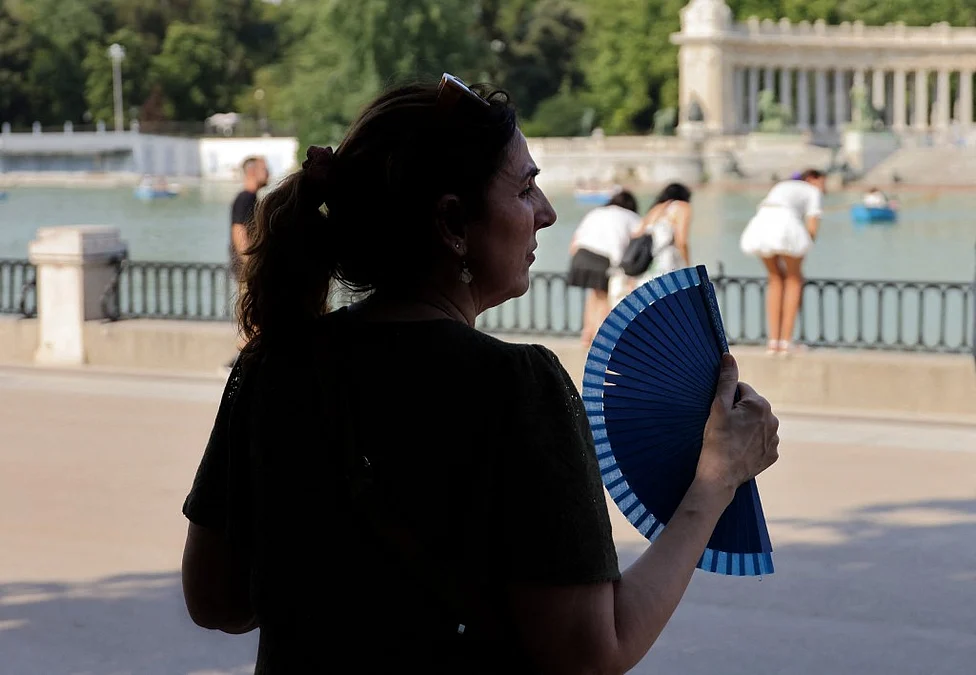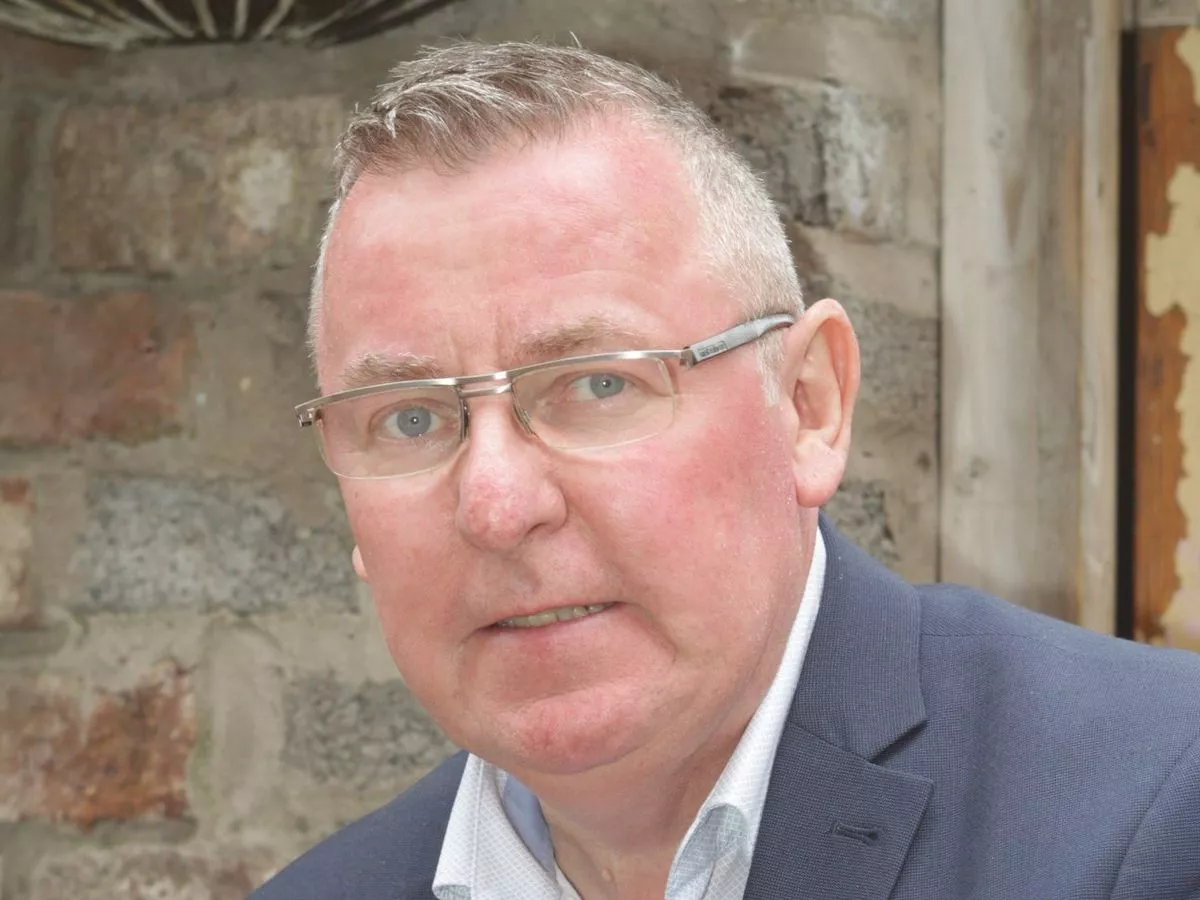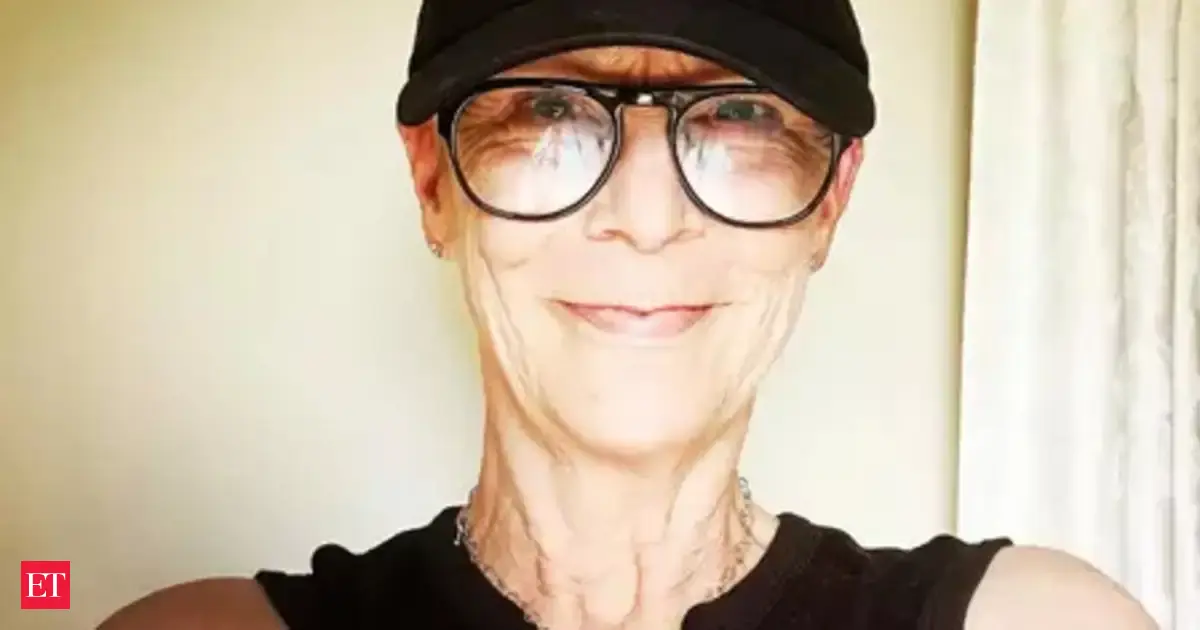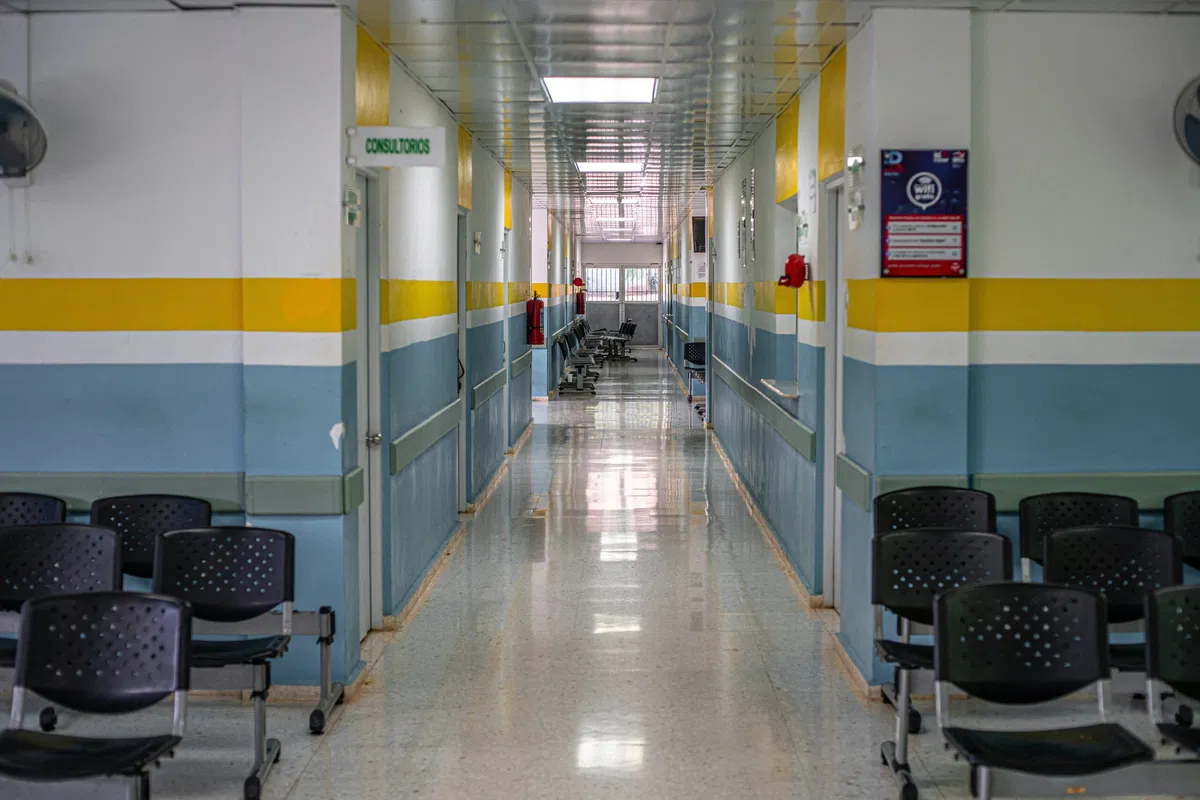By Isabella Carbone
Copyright abc
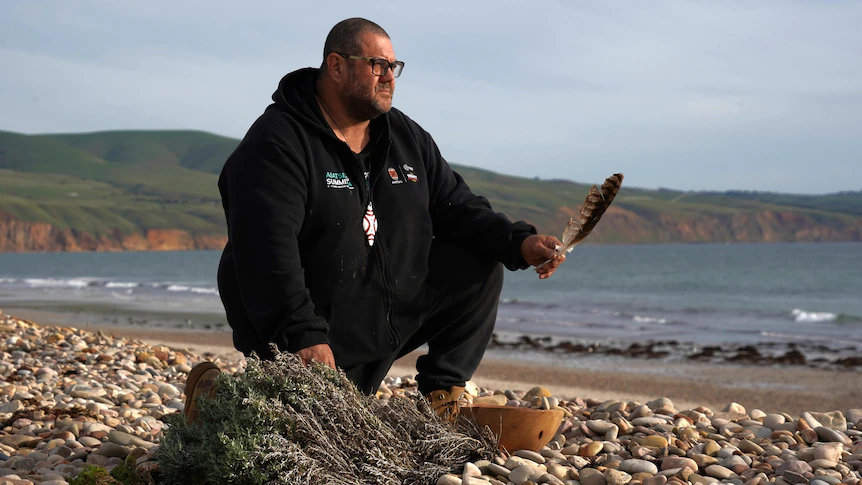
First Nations South Australians say the ongoing algal bloom is a “cultural emergency” and are calling for a greater role in its management and recovery.
Several groups representing First Nations people have made submissions to a Senate inquiry into the bloom, calling for greater transparency of information and inclusion in decision-making.
Kaurna Yerta Aboriginal Corporation spokesperson Allan Sumner said the coastline was where First Nations people connected with Country, recounted Dreaming stories and practiced their culture through dance and language.
Kaurna Country covers most of the Adelaide metropolitan coastline, which has been heavily impacted by the bloom for several months.
“We are water people, we rely on the water for not only for fishing practice but cultural ceremonies and practices,” Mr Sumner said.
Those cultural practices have been disrupted by the ongoing algal bloom, which has seen scores of dead fish and other sea creatures wash ashore as well as possible health impacts from aerosols which can cause respiratory symptoms.
Mr Sumner said it was a “cultural emergency” for his people.
“This is a national disaster … it’s killing our industry, not just the sea life and sea creatures.”
Call for more involvement
In Kaurna Yerta Aboriginal Corporation’s submission to the Senate inquiry, the chairpersons said the government’s response had been “too slow” and criticised “a lack of direct engagement and dialogue with Kaurna and other First Nations”.
“We are bearing witness to a crisis,” the submission read.
“We have many important places across Kaurna Country which are affected by this crisis that have cultural, ecological and social values.
“We have walked our Country and seen the devastation of marine life being washed up on our shores, of sands being discoloured, and waters foaming at the hands of the algal bloom.”
The corporation said it also feared for the Port River ‘Yertabulti’, the Onkaparinga River ‘Ngankiparinga’ and the Adelaide International Bird Sanctuary ‘Winaityinaityi Pangkara’.
“These worries extend to cultural and economic loss, where our rights and interests are being impacted through loss of Country and associated traditional resources,” the submission continued.
The corporation said Kaurna people should be more involved in the response to “provide cultural authority and oversight”.
It said the devastation of the algal bloom “must be a wake up call to all” and further investment in coastal care was required.
Garry Goldsmith is director of the Narungga Nation Aboriginal Corporation, representing the traditional owners of Yorke Peninsula — a region also heavily affected by the harmful algal bloom.
He is advocating for more culturally appropriate information for his community regarding the bloom’s effects, particularly around swimming and eating traditional food like the Gynburra, also known as the butterfish.
In a submission to the enquiry, he said the fish had fed his people “for thousands of years”.
“Our identity as … country people is at risk, many of the other Aboriginal nations know us as the butterfish mob and we have seen that all of the creatures including the butterfish, the dusky [morwong] have been affected by the algae bloom,” the submission reads.
“It is our custodianship handed from our ancestors that we are the caretakers of Country yet we have been ignored once again by Commonwealth and State government to be stakeholders and our rights to caring for Country and remedy in the solutions for the algal blooms.”
While authorities say fish is safe to purchase from producers, Mr Goldsmith said local community members were feeling unsure about fishing for food.
Mr Goldsmith wants to see Narungga people play a more prominent role in the response to the bloom and management of the waters around the Yorke Peninsula, which they call Sea Country.
“At the moment we seem to be at odds with the current system that continues to leave us out on the conversations that are important,” Mr Goldsmith said.
Moving forward, Mr Sumner also wants to see Kaurna cultural knowledge used during the algal bloom recovery.
“They can’t do this by themselves, they’ve got to use Indigenous knowledges … that have come since the first sunrise in this country,” he said.
Government briefs state voice
SA Minister for Environment, Susan Close, said the First Nations Voice to Parliament was briefed on the algal bloom on Monday, with some Aboriginal co-management boards invited to attend.
The deputy premier said their Ministerial Reference Group included Aboriginal members “with expertise in marine science and ecological restoration”, and the government had engaged Aboriginal corporations along the Yorke and Fleurieu peninsulas to assist with beach clean-up activities.
“The state government is considering the ways in which to best engage with First Nations Prescribed Body Corporates and other affiliated organisations in relation to the bloom response and recovery,” Ms Close said.
